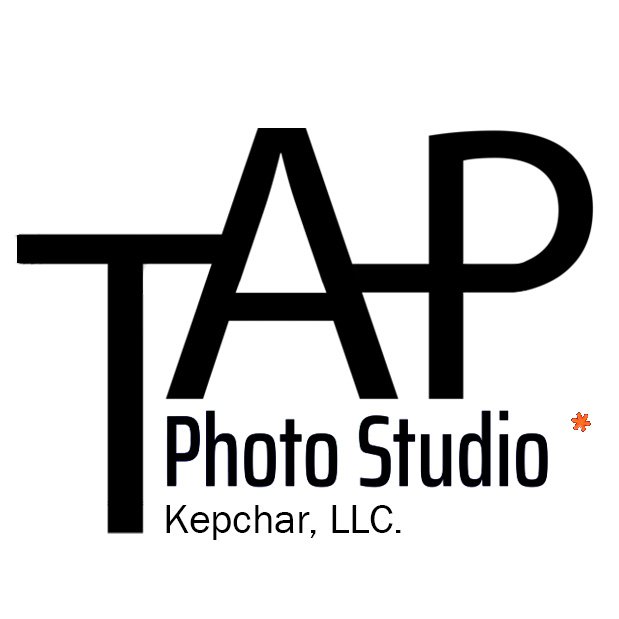High-quality fine art reproductions of film images, prints, documents, 2D fine art, and 3D fine art and relics are essential components of our large public and private collections. Government institutions and major organizations rely on careful archiving to honor important historical moments—making these documents accessible to the public is a critical mission. We’re honored to provide fine art reproductions of film, 2D artwork, and 3D artwork—ensuring these pieces become and remain accessible and appreciated.
That’s one reason we continue to work with 35mm, 120mm, and even 4x5 film here in the studio. Staying sharp with traditional processes helps us maintain the highest quality standards for professional fine art reproduction.
This commitment extends to our nature photography portfolio—a space where TAP Photo Studio’s head photographer, John Kepchar, showcases traditional film photography. These images were shot on the studio’s Hasselblad 500cm, using the 80mm Planar and 50mm Distagon lenses—the professional tools of the 1970s. John captured them on Fuji Provia 100F and Ektar 100 film, then camera-scanned the color negative transparencies, black and white negative transparencies, and color positive transparencies (slides) into digital images. Some shots were also taken with the 35mm Yashica T4 Super. Here’s what the Hasselblad looks like:
"Working with film isn’t just about nostalgia—it’s about mastering the process of fine art reproduction for our clients. When you shoot blind, relying only on your technical skills, you develop a deeper understanding of the traditional materials. The same qualities that make or break a great traditional image make or break a great traditional image reproductions. Shooting this way also makes you appreciate just how technically proficient the great nature photographers really were—artists like George Masa and Ansel Adams. Their work, compared to today’s digital process, was an exacting art and science. If we’re going to honor the past through reproduction, we have to understand the craft firsthand." —John Kepchar
Hasselblad 500C/M Distagon 50mm f4. Fuji Provia 100f - Camera scanned on Canon R5
Digitally archiving traditional photography, documents, and artworks isn’t just about preservation—it’s about connection and legacy. These records link us to our roots, reminding us of our past and what we must protect for the future. They serve as a vital bridge between history and our ongoing mission.


